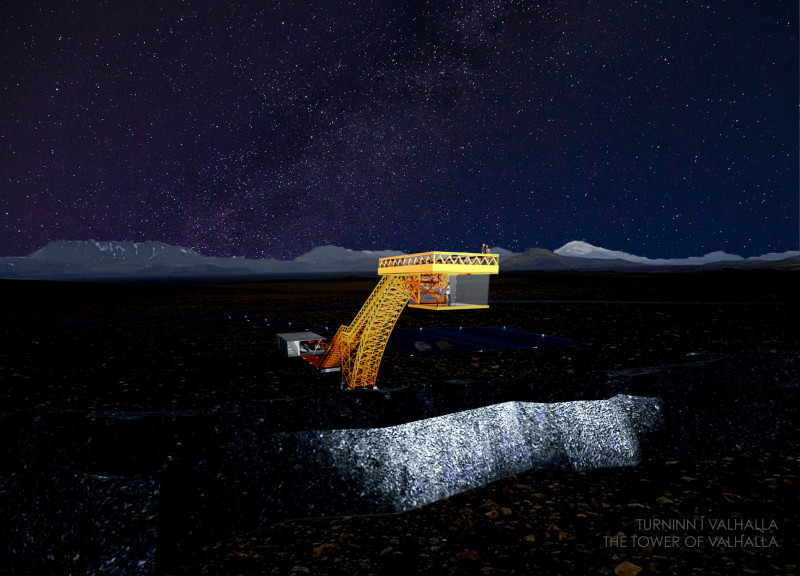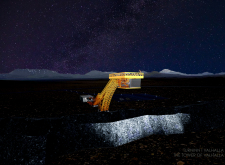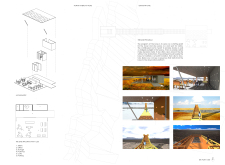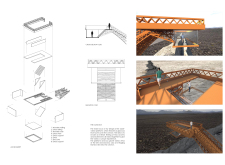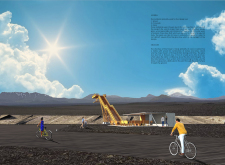5 key facts about this project
One of the defining characteristics of this project is its functional layout, which promotes a seamless flow through distinct zones while maintaining a cohesive aesthetic. Spaces are designed with the end user in mind, ensuring that each area serves a specific purpose while allowing for versatility. Open-plan arrangements can be observed, where living, working, and social spaces blend into one another, fostering collaboration and community interaction while also providing private areas for retreat. Such thoughtful planning reflects a commitment to creating environments that adapt to the needs of their occupants.
In exploring the materiality of the project, a careful selection of materials has been used to echo both durability and sustainability. Natural materials such as wood, stone, and glass are prevalent throughout the design. Wood offers warmth and texture, while stone grounds the structure in its setting, providing a sense of permanence and stability. Glass is utilized strategically to introduce natural light into the interior spaces, creating a connection with the exterior environment and enhancing the overall atmosphere within.
From a design perspective, unique approaches are evident in the project's integration of sustainable practices. The use of passive solar design techniques minimizes energy consumption, while green roofs and rainwater harvesting systems highlight a commitment to ecological responsibility. These elements are not merely functional but are also aesthetically integrated into the architectural style, contributing to an overall vision that aligns with modern environmental concerns.
The structural elements of the project further reinforce its design philosophy. The use of cantilevered sections not only adds visual interest but also creates sheltered outdoor spaces that encourage occupants to engage with nature. The careful manipulation of proportions and scale ensures that the building harmonizes with its surroundings, standing out without overwhelming the landscape.
Attention to detail is evident in the project’s finishes and fixtures, which elevate the overall experience within the space. The choice of color palettes and textures has been thoughtfully curated to create a calm and inviting environment, promoting a sense of well-being among occupants. Lighting design plays a pivotal role, with options for both ambient and task lighting incorporated to enhance functionality while adding character to the spaces.
This project represents a modern take on architectural design, reflecting current trends in sustainability while honoring the context in which it resides. Its unique combination of innovative solutions, clean lines, and an emphasis on natural materials creates a compelling narrative that invites exploration and appreciation. As such, the project stands as a testament to the possibilities inherent in contemporary architecture.
To gain deeper insights into the architectural plans, architectural sections, architectural designs, and architectural ideas behind this project, readers are encouraged to delve further into the project presentation. Engaging with these materials will provide a comprehensive understanding of the thoughtful considerations that shape this architectural endeavor, offering a richer perspective on its design outcomes and enduring significance.


